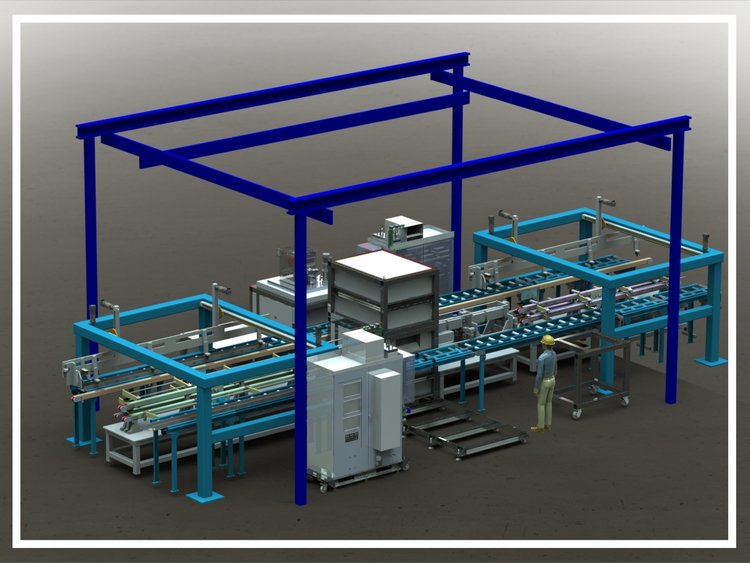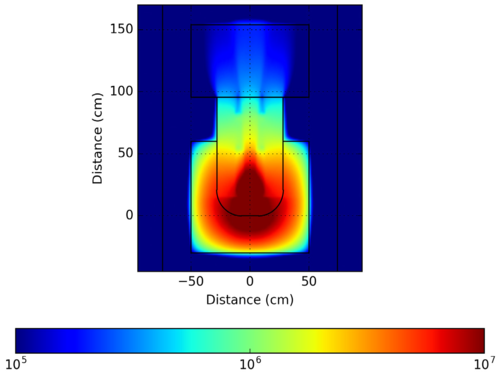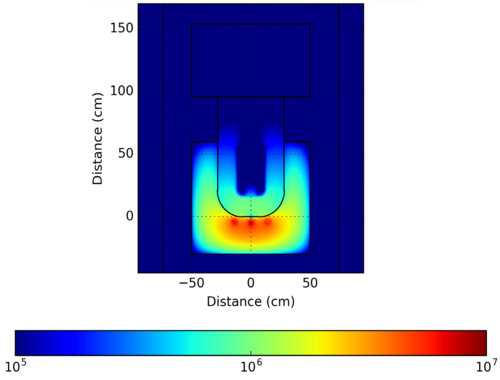Back
Nuclear Fuel Scanning
Enrichment Measurements without Cf-252

Non-Destructive Assay has long been used for active scanning of nuclear fuel. In this method, fuel rods traverse through a scanner with an activation zone in which they are subjected to neutron radiation and fission activity is subsequently measured as the rods exit the irradiator. From this and other information, the enrichment and other characteristics of each rod and pellet are determined.
Californium-252 (252Cf) has traditionally been used as the neutron source in the activation zone, because it is an intense neutron emitter and is readily packaged in compact, portable capsules. However, a recent shift to a full cost-recovery basis for 252Cf has led to a more than 10 times increase in cost. This increase in cost is forcing some 252Cf users to seek alternate neutron sources, including nuclear fuel manufacturers.
Phoenix has developed a high-flux, accelerator-based neutron source that is a viable alternative for applications requiring large 252Cf sources – on the milligram-scale or larger – such as nuclear fuel rod scanning and neutron flux detector calibration.


The Phoenix Thunderbird FS150 has three scanning channels and uses a neutron generator for activation of rods with and without burnable poisons. The activation of poisoned fuel rods is achieved through a novel moderator design and allows all fuel rods to be scanned with a single scanner. The baseline configuration of this system includes background detectors, densitometers, irradiator, activation detectors, burnable poison system, rod handling hardware, and all necessary computers, electronics, and software required to operate the system.